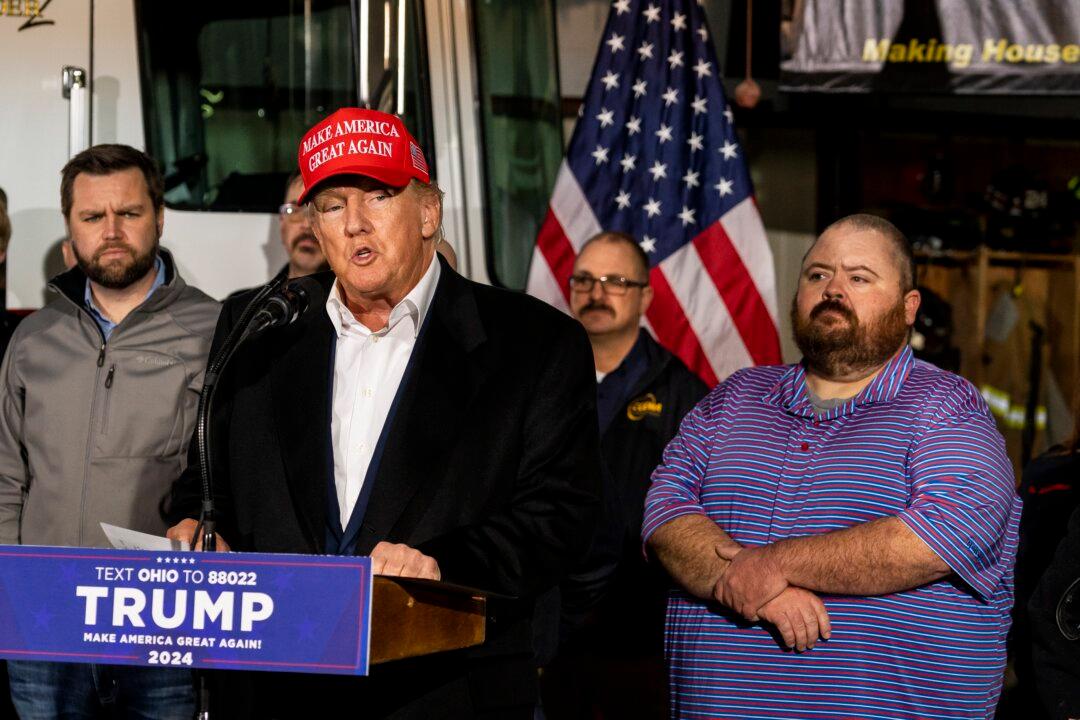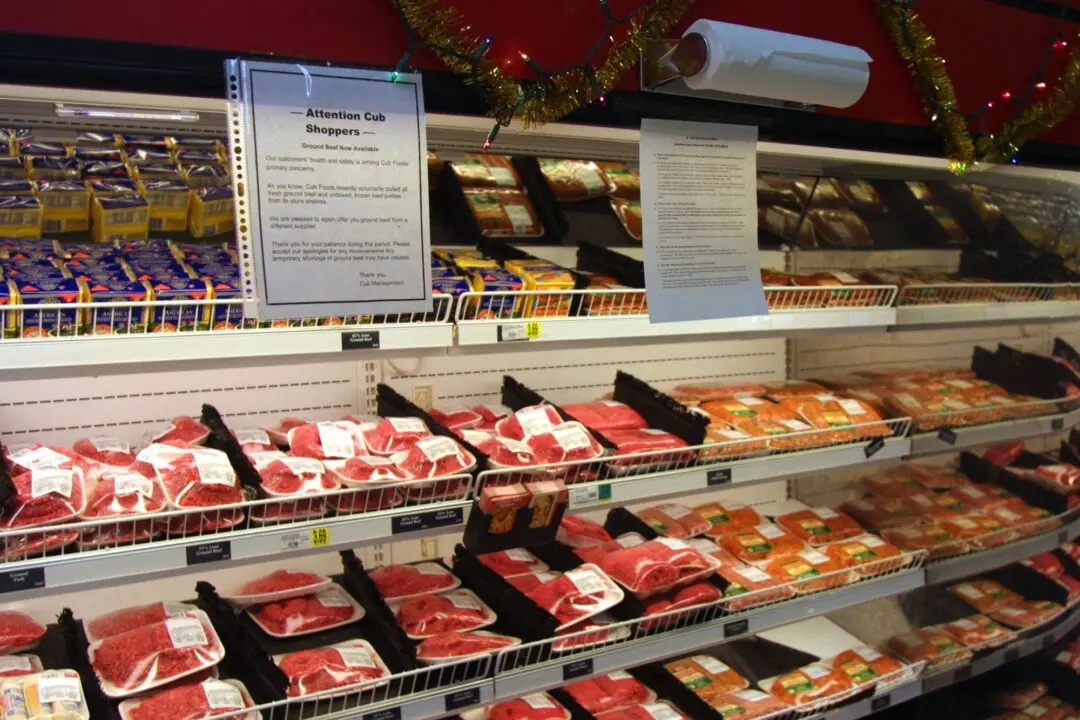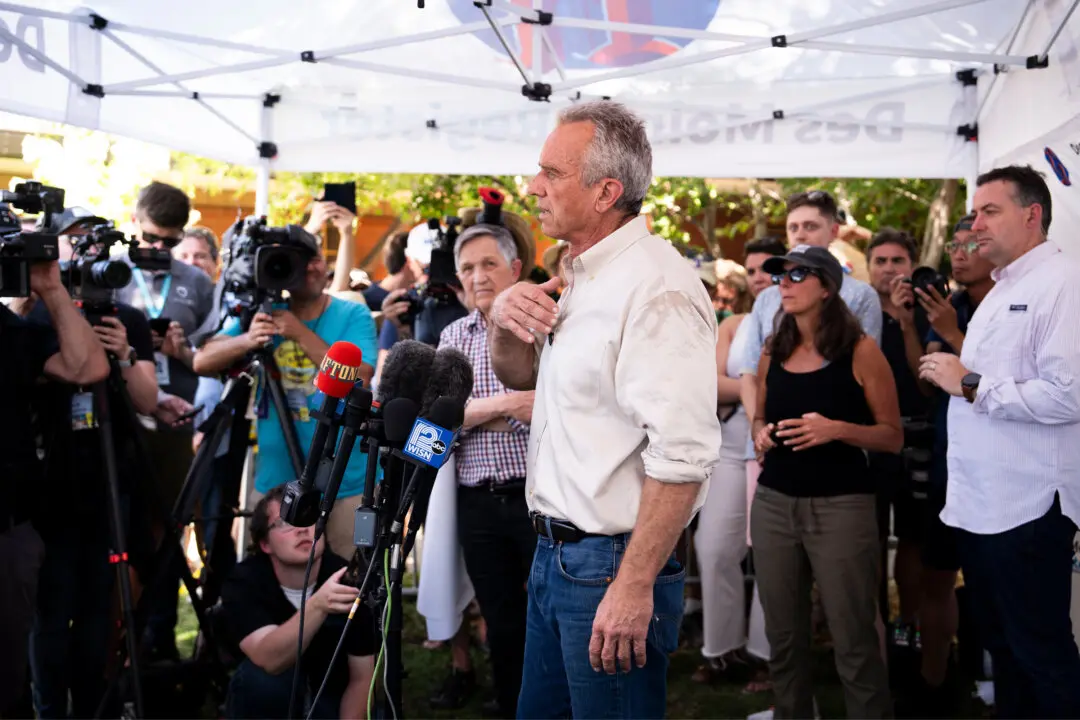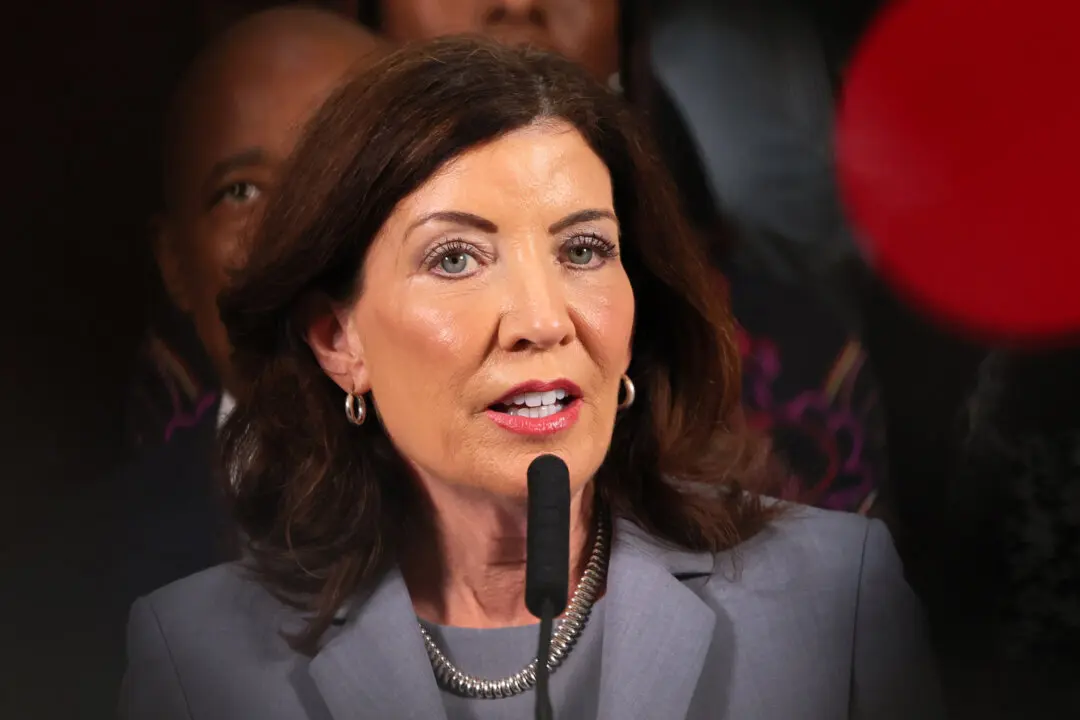Former President Donald Trump and his 2024 presidential campaign, released his “America First” trade plan that would promote universal tariffs on most imported goods if he takes office for his second term.
The 45th president called for a system of universal baseline tariffs on most foreign products that rewards American domestic production while taxing foreign companies, in a Feb. 27 press statement.





